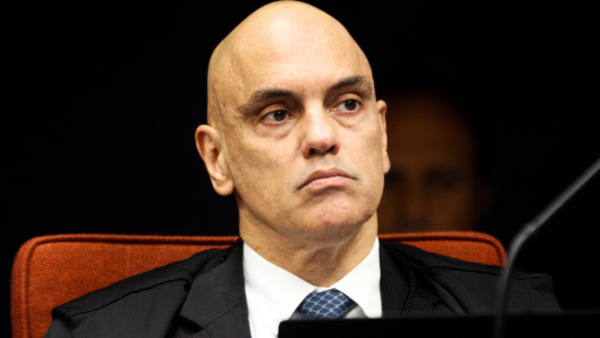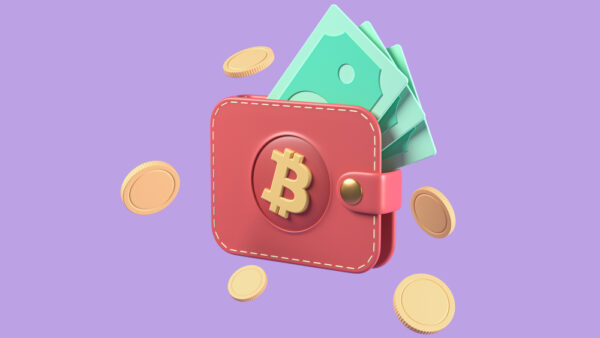E-commerce behemoth Mercado Libre launched its own cryptocurrency in August this year. Nubank, Latin America’s largest neobank, did the same last week. Having their origin as central components of loyalty or cashback programs, crypto can take customer-based monetization strategies further. But it requires brand appeal and a massive user base to carry the plan forward – characteristics that MeLi and Nu seem to have.
Technically, Mercado Coin (MCN) is a utility token that operates with ERC-20 technology on the Ethereum blockchain network. It is designed to be used over the internet (not in physical transactions), and its value can increase or decrease according to demand.
Mercado Libre’s customers see the MCN stamp on some products, indicating that by purchasing these items, they can earn cashback offers and rewards in the form of MCN. For now, this is the function of the company’s cryptocurrency.
With the accumulated MCN, customers can make new purchases within the platform or withdraw the corresponding amount in Brazilian reais on the Mercado Pago app, the fintech arm...


 Search
Search






































